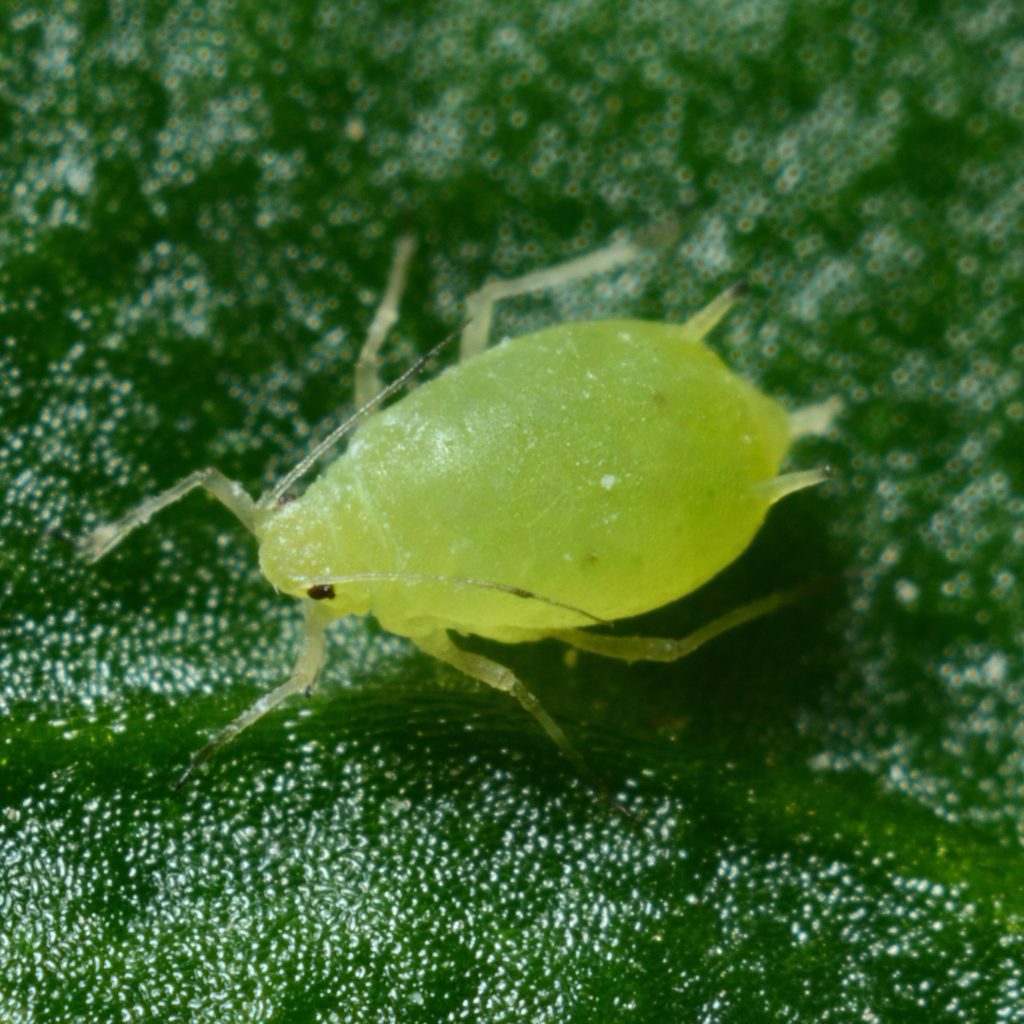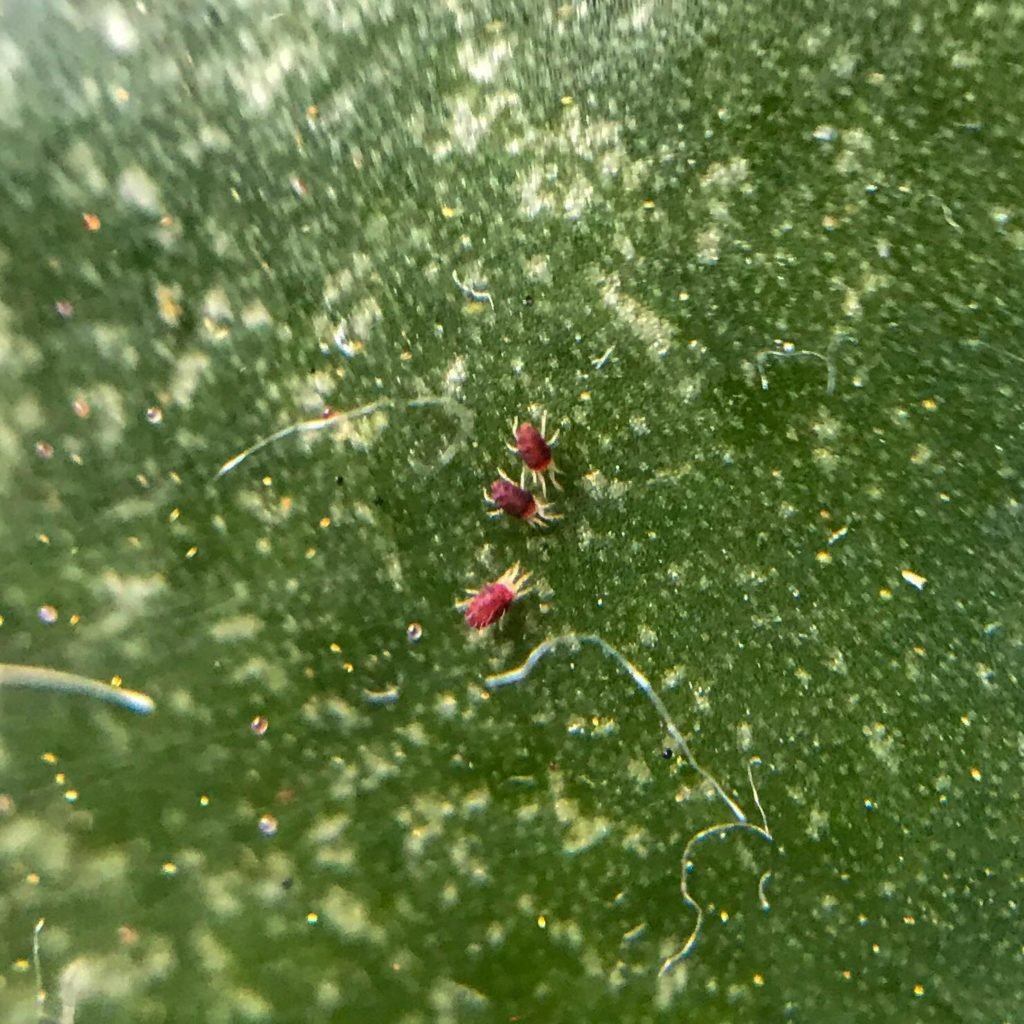Have you noticed those little black insects flying around your house plants? If so, then you probably have Fungus Gnats. These pests are probably one of the most common house plant pests that luckily, annoy us more than they do our plants. However, with big infestations, you may start to notice some damage. Luckily, we’ve come up with some easy ways to get rid of these annoying little Fungus Gnats.
What are Fungus Gnats?
Fungus Gnats look quite similar to fruit flies and mosquitos. They have thin, black bodies measuring around 1/16 to 1/8 inches long with transparent wings and long legs. Unlike most other house plant pests, Fungus Gnats don’t eat from the foliage of the plant. These pests live in the soil of your plants and the larvae feed on organic matter, fungus and sometimes have a nibble on the plants roots. In some severe Fungus Gnat infestations, the larvae will chew holes in the plants roots causing the plants foliage to start yellowing, wilting and it can even cause plant death.
Signs of Fungus Gnats
Identifying if your plants have a Fungus Gnat issue is actually pretty easy. They tend to stay around the plant or on top of the soil. All you have to do is move the plant and you’ll see them buzzing around the area. Since the reproduction rate is so fast, you will be able to see them at all the different stages of life at once. If you mix around the soil, you’ll probably be able to see some of the larvae. Their bodies are transparent with black, shiny heads and they live in the soil where they eat organic matter and fungus.
Fungus Gnat Life Cycle
There are four stages in a Fungus Gnats life. These are eggs, larvae, pupae and adult. Adult Fungus Gnats only have a short lifespan (about a week) but they can lay up to 300 eggs in that time. After about 4-6 days after the eggs were laid, the larvae will emerge. The larvae feed in the soil for about 2 weeks before moving to the surface of the soil to pupate. After 3 to 7 days, adults will emerge and the cycle continues.
Where do Fungus Gnats come from?
Fungus Gnats can come from a variety of sources these can include but are not limited to the following;
- Soil in a newly purchased plant
- Potting mix or bags of soil
- New plant you’ve bought or received
- From outside or an open window
Fungus Gnats tend to be more popular during the cooler months as the soil takes longer to dry out between waterings. Since wet soil encourages fungus and root-rot, this makes it the perfect breeding ground.
How to get rid of Fungus Gnats
Luckily getting rid of Fungus Gnats isn’t too difficult. If you consistently use some of the methods below, your Fungus Gnat problem should be gone in no time.
1. Let the soil dry out
Fungus Gnats thrive in moist soil. Allowing your plants soil to dry out between watering will help to slow down and stop an infestation. You should allow the top 1-2 inches of soil dry out between waterings. If the surface of the soil is dry, this may help deter Gnats from laying eggs.
2. Sticky Traps
Sticky traps are a yellow card that is covered with a sticky adhesive. Cutting them down to small squares and using a skewer to place them just above the soil seems to be most effective. Adult Fungus Gnats will fly or crawl onto the trap and become stuck. The yellow sticky traps seem to attract the gnats and are more effective than other colours. Check the traps every few days and replace when they become covered.
3. Cider and Vinegar Traps
This method is similar to how you would catch fruit flies. Using a shallow container, add equal parts apple cider vinegar and water and a few drops of dish soap. The liquid should be sitting about 1/4 inch from the bottom of the container. Place the trap near the affected plant or on the soil inside the pot. Ensure you check it every few days and replace when needed.
4. Sand or Gravel
Fungus Gnats lay their eggs in the top inch of the soil. Adding sand or gravel to the top of the soil creates a dry barrier and gnats won’t want to lay their eggs there. An alternative to sand or gravel that you can use is ant sand, mosquito bits, Gnat Barrier or Cinnamon. These have all shown to be effective.
5. Spray Soil
Mix together some liquid dish soap and water and spray onto the plants soil. This will assist in killing the larvae. Repeat every few days to ensure all the larvae have been killed. You can also use some natural pesticides like organic insecticidal soap or neem oil.
6. Repot
Repotting your house plants can be an effective way at getting rid of gnats. Without disturbing the roots, gently try and remove as much soil as you can and repot with fresh soil. It’s important that you clean and disinfect the pot before you reuse it.
How to Prevent Fungus Gnats
There are some things you can do to help prevent any future Fungus Gnat infestations. Using the methods stated below, along with some of the methods stated above, will help to prevent having to deal with Fungus Gnats again.
1. Avoid over-watering
Over-watering your plants can encourage issues like root-rot and fungus which is a breeding ground for Gnats. Fungus Gnat larvae need constant moist soil to survive. Cutting the watering down and allowing the top 1-2 inches of soil to dry out will assist in eliminating and keeping Fungus Gnats away.
2. Store Soil Correctly
Open potting soil bags are a great breeding ground for gnats. You should store unused potting soil in an airtight container. Without oxygen, bugs can’t survive. You should also never reuse old soil, old or re-used soil can harbour a variety of untold pests and diseases and should be avoided.
3. Prune
You should trim off any dying or dead foliage on your plants. Fungus Gnats feed on decaying organic matter so the less there is, the less gnats will be around.
4. Bottom Watering
Watering your plants from the bottom keeps the top of the soil dry, leaving nowhere for gnats to lay their eggs.
5. Quarantine New Plants
Quarantine newly purchased plants for up to 1-2 weeks. This will give you time to spot any unwanted pests and begin any control methods to stop them from spreading to your house plants.


